Home>Storage Ideas>Kitchen Storage>Traditional Kitchen Ideas: 20 Classic, Characterful Looks
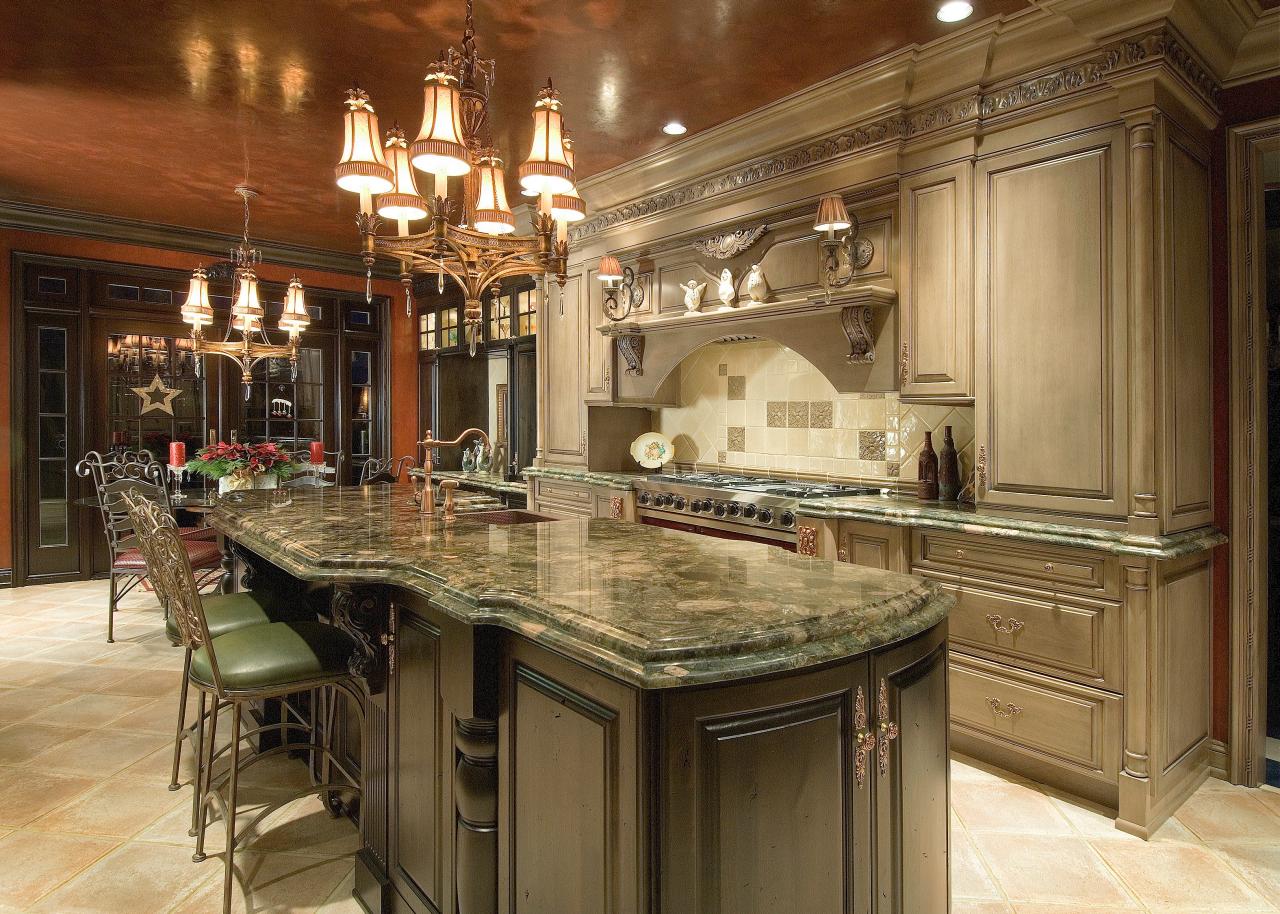

Kitchen Storage
Traditional Kitchen Ideas: 20 Classic, Characterful Looks
Modified: August 29, 2024
Discover 20 timeless and charming traditional kitchen ideas for a character-filled space. Get inspired with these classic looks and find great kitchen storage ideas.
(Many of the links in this article redirect to a specific reviewed product. Your purchase of these products through affiliate links helps to generate commission for Storables.com, at no extra cost. Learn more)
Introduction
Welcome to the world of traditional kitchen ideas! If you’re a fan of classic, characterful looks, then this article is for you. Traditional kitchens exude warmth, charm, and timeless appeal. They are often designed to create a cozy and inviting atmosphere, while still being highly functional and efficient spaces for cooking and entertaining.
In this article, we will explore 20 different traditional kitchen styles that can serve as inspiration for your own kitchen design. From the rustic charm of a farmhouse kitchen to the elegance of a Victorian-era kitchen, each style offers its own unique blend of aesthetics and functionality.
Traditional kitchens are known for their attention to detail, craftsmanship, and use of natural materials. Wood is a prominent feature in traditional kitchen designs, with cabinets, countertops, and flooring providing a warm and inviting feel. Ornate details such as moldings, corbels, and intricate tilework are often used to add a touch of elegance and sophistication.
When it comes to color palettes, traditional kitchens tend to favor neutral tones such as whites, creams, and soft grays. These colors create a timeless backdrop that can be easily complemented with accents of color through accessories, fabrics, and artwork. Traditional kitchens often incorporate vintage-inspired fixtures, such as farmhouse sinks, antique-inspired faucets, and classic pendant lighting to enhance the overall charm and character of the space.
Whether you’re remodeling your existing kitchen or starting from scratch, traditional kitchen ideas can help you create a space that is both functional and visually appealing. So, let’s dive into the different traditional kitchen styles and discover the one that speaks to your personal taste and style!
Key Takeaways:
- Traditional kitchen ideas offer a diverse range of captivating and timeless styles, from rustic farmhouse charm to elegant Victorian allure, providing options to transform kitchens into havens of style and functionality.
- Each traditional kitchen style, whether coastal Mediterranean allure or nostalgic retro charm, pays homage to historic movements and design principles, showcasing craftsmanship, attention to detail, and a sense of nostalgia.
Modern Farmhouse Kitchen
The modern farmhouse kitchen style combines the rustic charm of a farmhouse with contemporary design elements, resulting in a space that is both cozy and current. This style is characterized by reclaimed wood, open shelving, shiplap walls, and a mix of vintage and industrial-inspired fixtures.
In a modern farmhouse kitchen, you’ll find a combination of natural materials, such as aged wood, stone countertops, and exposed brick. The color palette typically includes muted tones like whites, grays, and earthy neutrals to create a calming and relaxed atmosphere.
This style often incorporates open shelving to display dishes, glassware, and decorative items, allowing for easy access and showcasing the charm of farmhouse-inspired accessories. A farmhouse sink is a must-have feature, adding a touch of nostalgia and functionality to the space.
For the cabinetry, a mix of painted and stained wood is common, with colors ranging from white and cream to soft hues like light blue or green. To bring in a modern twist, sleek hardware and clean lines can be incorporated into the design.
Adding vintage-inspired pendant lighting or industrial-style chandeliers can bring a focal point and visual interest to the kitchen. Reclaimed wood beams on the ceiling or as an accent wall can create a sense of authenticity and warmth. To complete the look, consider incorporating farmhouse-inspired accessories such as wire baskets, mason jars, and vintage signs.
When it comes to appliances, stainless steel or matte black finishes are popular choices for modern farmhouse kitchens. Mixing vintage-style appliances with modern ones can add a unique touch to the space.
Ultimately, a modern farmhouse kitchen provides a perfect blend of old-world charm and contemporary design. It’s a style that offers a warm and inviting atmosphere while embracing functionality and modern conveniences.
Rustic Cottage Kitchen
Step into a rustic cottage kitchen and you’ll be immediately greeted by a cozy and charming ambiance. This style combines the simplicity of a cottage aesthetic with rustic elements to create a warm and inviting space.
In a rustic cottage kitchen, natural materials take center stage. Exposed wooden beams, distressed hardwood floors, and stone or brick accents add a touch of rustic charm to the space. The color palette typically includes warm and earthy tones like browns, greens, and soft neutrals, reflecting the natural surroundings of a cottage.
Cabinetry in a rustic cottage kitchen is often made of wood, with a weathered or distressed finish. Open shelving can be incorporated to display vintage crockery, handmade ceramics, and other charming accessories. For countertops, textured surfaces like butcher block or rough-cut stone can enhance the rustic vibe.
Details such as farmhouse sinks, antique-inspired faucets, and vintage-style hardware contribute to the overall cottage aesthetic. A mix of old and new decorative items, such as hand-painted tiles, woven baskets, and floral textiles, add character and a touch of cottage-inspired whimsy.
Lighting in a rustic cottage kitchen should provide warm and cozy illumination. This can be achieved with the use of pendant lights with fabric shades, vintage-inspired chandeliers, or even candle-style sconces. Natural light is also important, so consider adding windows or skylights to let the outdoors in.
When it comes to appliances, consider opting for vintage-inspired or retro-style pieces to enhance the cottage charm. Classic white or pastel-colored appliances can be a delightful choice.
Overall, a rustic cottage kitchen is a place where simplicity, comfort, and nature converge. It’s a style that invites you to slow down, relax, and create cozy memories with family and friends.
French Country Kitchen
Transport yourself to the picturesque countryside of France with a French country kitchen. This style is characterized by its rustic elegance, delicate details, and a touch of romance.
Color palettes in French country kitchens often include soft, muted tones and pastel hues inspired by the French countryside. Shades of cream, beige, soft blues, and pale greens create a serene and calming atmosphere. To add depth and contrast, deeper hues like rich reds or warm browns can be incorporated as accent colors.
Cabinetry in a French country kitchen is typically made of wood, often with a distressed or antiqued finish. Ornate details like crown moldings and carved accents add a touch of elegance. Glass-fronted cabinets can showcase delicate china or colorful pottery. Open shelving can also be utilized to display decorative items and add a touch of charm.
Countertops in a French country kitchen are typically made of natural materials like stone or marble, adding to the timeless and elegant aesthetic. A farmhouse sink with an exposed apron front is a popular choice, providing both functionality and a classic touch.
When it comes to decorative elements, intricate tilework, typically in a subway or mosaic pattern, can be used as a backsplash. To enhance the French country charm, consider adding ceramic or terracotta tiles with hand-painted designs.
Lighting plays a crucial role in a French country kitchen, adding warmth and ambiance. Chandeliers with wrought iron details, candle-style wall sconces, and pendant lights with intricate designs are common choices for this style.
Finishing touches in a French country kitchen include vintage-inspired accessories such as copper pots and pans, French enamelware, and delicate porcelain dishes. Fresh flowers in vases or a small herb garden add a touch of nature and color to the space.
A French country kitchen embodies the elegance and charm of the French countryside. It’s a style that combines rustic elements with delicate details, creating a timeless and inviting space that will make you feel like you’re dining in a cozy French bistro.
Victorian Era Kitchen
Step back in time to the opulence and grandeur of the Victorian era with a Victorian era kitchen. Inspired by the ornate and intricate designs of the late 19th century, this style exudes elegance, sophistication, and a sense of nostalgia.
Color palettes in Victorian era kitchens often embrace rich and bold hues. Deep reds, dark greens, royal blues, and gold accents are frequently used to create a sense of drama and luxury. Wallpapers with elaborate patterns, damask fabrics, and velvet curtains can also be incorporated to enhance the Victorian aesthetic.
The cabinetry in a Victorian era kitchen typically features intricate woodwork and ornate details. Dark, stained wood or painted finishes in rich colors are common choices. Glass-front cabinets with decorative leaded glass inserts can showcase fine china and glassware.
Countertops in a Victorian era kitchen can be made of marble, which was a popular choice during that time. Intricate tilework with geometric patterns or floral motifs can also be used as a stunning and eye-catching backsplash.
Lighting in a Victorian era kitchen should be used to create a warm and romantic ambiance. Crystal chandeliers or elegant pendant lights with Victorian-inspired designs are perfect for this style. Wall sconces with intricate details can also be added for additional lighting and decorative flair.
Finishing touches in a Victorian era kitchen include decorative accents such as ornate hardware, moldings, and carvings. Porcelain or enamel sinks add a touch of vintage charm. Displaying antique kitchen tools, delicate teacups, and dainty yet functional accessories can enhance the ambiance and nostalgia of this era.
While a Victorian era kitchen exudes elegance and sophistication, it’s important to also incorporate modern convenience and functionality. Hidden storage solutions, efficient appliances, and ample workspace should be seamlessly integrated into the design to accommodate the needs of a modern lifestyle.
A Victorian era kitchen transports you to a time of grandeur and glamour. It’s a style that combines intricate details, rich colors, and a touch of nostalgia, creating a space that is both charming and timeless.
Colonial Kitchen
Immerse yourself in the history and charm of a colonial kitchen. Inspired by the kitchens of early American settlers, this style reflects simplicity, functionality, and a sense of tradition.
Colors in a colonial kitchen are often warm and earthy, reflecting the natural tones found in colonial homes. Shades of deep red, hunter green, and deep blues create a cozy and welcoming atmosphere. Natural wood finishes, such as oak or pine, are commonly used for cabinetry to maintain the authenticity of the colonial style.
Cabinetry in a colonial kitchen is typically characterized by simple, clean lines and raised panel designs. Gleaming brass or iron hardware can add a touch of colonial elegance. Open shelving with exposed wood beams can display dishes, pottery, and other traditional colonial-inspired items.
Countertops in a colonial kitchen are often made of natural materials like butcher block or soapstone, adding to the simplicity and functionality of the space. A farmhouse sink, usually made of porcelain or fireclay, is a popular choice for a colonial aesthetic.
Lighting in a colonial kitchen should provide ample illumination without overpowering the space. Classic lantern-style pendant lights, wrought iron chandeliers, or brass wall sconces can add a touch of colonial charm. Natural light is also important, so incorporating large windows or skylights can help brighten up the space.
Finishing touches in a colonial kitchen include accessories such as pewter or copper cookware, ceramic or stoneware dishes, and wooden utensils. Displaying traditional colonial patterns, such as blue and white Delft tiles or pottery, can add visual interest and a sense of history to the kitchen.
Incorporating traditional colonial decor, such as a Windsor or ladder-back chairs, a harvest table, or a traditional hearth, can further enhance the colonial vibe in the kitchen.
A colonial kitchen embraces simplicity, functionality, and a connection to early American history. It’s a style that celebrates tradition and creates a warm and inviting space that pays homage to the past.
Craftsman Style Kitchen
Experience the beauty of craftsmanship and attention to detail with a Craftsman style kitchen. This style, inspired by the Arts and Crafts movement of the late 19th and early 20th centuries, focuses on natural materials, simple lines, and handcrafted elements.
Colors in a Craftsman style kitchen are often warm and earthy, reflecting the natural hues found in nature. Tones such as warm browns, deep greens, and rich reds create a welcoming and cozy atmosphere. Neutral colors like cream or beige can also be incorporated to balance the color palette.
Cabinetry in a Craftsman style kitchen features simple, clean lines and often showcases the natural beauty of wood. Quarter-sawn oak is a popular choice for its distinctive grain pattern. Cabinet doors typically have recessed panels and are adorned with minimal hardware, focusing on the beauty of the woodwork.
Countertops in a Craftsman style kitchen are typically made of natural materials such as granite or soapstone, providing durability and adding to the organic feel of the space. Subway tile or mosaic tile backsplashes can be incorporated to enhance the Craftsman aesthetic.
Lighting in a Craftsman style kitchen should provide a warm and inviting glow. Pendant lights with stained glass or mica shades, inspired by the Tiffany lamp designs, are popular choices. Wall sconces with art glass or metalwork details can also be used to add ambiance and a touch of craftsmanship.
Finishing touches in a Craftsman style kitchen include details such as exposed joinery, intricate tilework, and nature-inspired accents. Built-in shelves or display cabinets with glass doors can showcase handmade ceramics or pottery. Mission-style lighting fixtures, copper accents, and textured glass can further enhance the authenticity and craftsmanship of the space.
Furniture in a Craftsman style kitchen should align with the overall aesthetic, incorporating elements such as straight lines, clean designs, and natural materials. Arts and Crafts inspired chairs with leather upholstery or simple wooden bar stools can be added for seating.
A Craftsman style kitchen celebrates the art of craftsmanship and timeless design. It’s a style that embraces simplicity, natural materials, and handcrafted details, creating a warm and inviting space that exudes both beauty and functionality.
Tuscan Kitchen
Transport yourself to the charming countryside of Tuscany with a Tuscan kitchen. Inspired by the rustic beauty and warm colors of the Italian region, a Tuscan kitchen exudes a timeless and inviting ambiance.
Colors in a Tuscan kitchen are rich and warm, reflecting the natural hues found in the Tuscan landscape. Earthy tones like terracotta, golden yellows, deep greens, and warm browns create a cozy and welcoming atmosphere. These colors can be incorporated through painted walls, tiled backsplashes, and accents like curtains or dishware.
Cabinetry in a Tuscan kitchen often features natural wood finishes, typically in warm tones like rich cherry or honey oak. The cabinets can have a distressed or antiqued finish to give them an aged and character-filled look. Open shelving with wrought iron brackets can be used to display colorful pottery and kitchenware.
Countertops in a Tuscan kitchen are typically made of natural materials like granite, limestone, or marble. The natural patterning and warm tones of these materials enhance the rustic and authentic feel of the space.
Lighting in a Tuscan kitchen should provide warm and even illumination. Wrought iron chandeliers or pendant lights with stained glass or mosaic shades can add a touch of Old-World elegance. Wall sconces with a wrought iron or ceramic design can also contribute to the Tuscan aesthetic.
Finishing touches in a Tuscan kitchen include details such as decorative tilework, wrought iron accents, and natural elements. Terra cotta or mosaic tile backsplashes can add a splash of color and texture to the space. Wrought iron pot racks, utensil holders, and wall decor can further enhance the Tuscan vibe.
To complete the Tuscan look, consider incorporating rustic farmhouse-style furniture, such as a large wooden dining table with carved legs, or a Tuscan-inspired kitchen island with a stone countertop. Adding warm-colored textiles like tablecloths and curtains in rich patterns can also enhance the Tuscan charm.
A Tuscan kitchen exudes rustic elegance, warmth, and a connection to the Italian countryside. It’s a style that celebrates the beauty of natural materials, warm color palettes, and a timeless aesthetic that will make you feel like you’re on a Tuscan retreat every time you step into your kitchen.
Mediterranean Kitchen
Transport yourself to the beautiful coastal regions of the Mediterranean with a Mediterranean kitchen. This style embraces the sun-soaked charm, vibrant colors, and relaxed atmosphere of Mediterranean coastal homes.
Colors in a Mediterranean kitchen are inspired by the breathtaking hues of the sea and the earth. Shades of blues, greens, terracottas, and sunny yellows create a lively and inviting atmosphere. These colors can be incorporated through painted walls, tiled backsplashes, and decorative accents.
Cabinetry in a Mediterranean kitchen is often characterized by its rustic and weathered appearance. Distressed finishes, natural wood grains, and decorative details like corbels and moldings add to the Mediterranean charm. Open shelving with woven baskets can be utilized to store and showcase kitchen essentials.
Countertops in a Mediterranean kitchen often feature natural materials like marble or granite. These materials bring a touch of elegance and durability to the space. Tiled countertops with mosaic patterns or earthy tones can also add visual interest and a Mediterranean flair.
Lighting in a Mediterranean kitchen should provide a warm and inviting glow. Iron or bronze pendant lights with glass shades in warm tones can complement the Mediterranean aesthetic. Wall sconces with decorative metalwork or lantern-style designs can further enhance the ambiance of the space.
Finishing touches in a Mediterranean kitchen include details such as decorative tilework, wrought iron accents, and natural elements. Intricate mosaic tiles can be used as a backsplash or for decorative accents. Wrought iron pot racks, utensil holders, and hooks can add a touch of Mediterranean charm.
To complete the Mediterranean look, consider incorporating furniture and accessories inspired by coastal living. Large wooden dining tables, wrought iron chairs, colorful textiles with geometric patterns, and vibrant ceramic dishes all contribute to the vibrant and relaxed Mediterranean feel.
A Mediterranean kitchen embodies the beauty and charm of coastal living. It’s a style that embraces color, texture, and a laid-back atmosphere, creating a space that feels like a perpetual vacation by the sea.
Industrial Kitchen
Step into the sleek and urban world of an industrial kitchen. Inspired by the functional and minimalistic designs of old factories and warehouses, an industrial kitchen embraces raw materials, clean lines, and a contemporary aesthetic.
Colors in an industrial kitchen are typically neutral and monochromatic, with a focus on shades of gray, black, and white. These colors provide a clean and modern backdrop for the industrial elements. Accents of bold colors like red, yellow, or blue can be incorporated through accessories or exposed piping to add visual interest.
Cabinetry in an industrial kitchen often showcases the natural beauty of materials like stainless steel, galvanized metal, or even reclaimed wood. The cabinets should have a simple and streamlined design, emphasizing clean lines and functionality. Open shelving can be used to display cookware, dishes, and industrial-inspired accessories.
Countertops in an industrial kitchen are typically made of durable and heat-resistant materials like concrete, stainless steel, or quartz. These surfaces not only provide a sleek and modern look but also withstand heavy use and frequent cleaning.
Lighting is a key element in an industrial kitchen, creating a sense of architectural drama. Pendant lights with exposed bulbs or metal shades, track lighting mounted on the ceiling, or even industrial-style chandeliers can all contribute to the overall industrial aesthetic. Exposed Edison bulbs can add a vintage touch and warm ambiance.
Finishing touches in an industrial kitchen include details such as exposed brick walls, metal accents, and utilitarian elements. Exposed beams, ductwork, and piping can be left exposed to celebrate the industrial aesthetic. Stainless steel appliances, sleek stainless steel or concrete sinks, and metal hardware can add to the modern and edgy look.
To complete the industrial vibe, consider incorporating furniture and accessories with an urban and contemporary feel. Bar stools with metal frames and wooden seats, wire baskets for storage, and bold artwork or graffiti-inspired murals can all contribute to the industrial aesthetic.
An industrial kitchen embraces the beauty of raw materials, clean lines, and a modern aesthetic. It’s a style that combines functionality and urban edge, creating a space that feels contemporary and visually striking.
Retro Kitchen
Step back in time to the vibrant and nostalgic era of the past with a retro kitchen. Inspired by the styles of the 1950s and 1960s, a retro kitchen embraces bold colors, playful patterns, and a sense of fun.
Colors in a retro kitchen are bright and dynamic, with a focus on cheerful hues like pastel pinks, mint greens, sunny yellows, and classic reds. These colors can be incorporated through painted walls, cabinets, and retro-inspired appliances to create a lively and nostalgic atmosphere.
Cabinetry in a retro kitchen often features simple and sleek designs, with smooth surfaces and rounded edges. Pastel-colored cabinets, such as mint green or pale yellow, can add a whimsical touch. Open shelving can be used to display vintage kitchenware and colorful glassware.
Countertops in a retro kitchen often feature laminate surfaces in bold patterns like checkerboard or boomerang designs. These patterns add a playful and retro feel to the space. Brightly colored laminate or tiled backsplashes can also be incorporated to enhance the vintage aesthetic.
Lighting in a retro kitchen should embrace the fun and nostalgic feel. Pendant lights or chandeliers in bold shapes and bright colors, like atomic-inspired designs or funky starbursts, can add a touch of retro charm. Consider using vintage-style Edison bulbs to complete the look.
Finishing touches in a retro kitchen include details such as vintage-inspired appliances, accents of chrome, and playful accessories. Retro-style refrigerators, toasters, and mixers in bold colors can serve as statement pieces. Chrome accents on cabinet hardware, faucets, and stools can add a sleek and retro touch. Don’t forget to incorporate accents like vintage-inspired signage, retro posters, and bold patterned fabrics.
To complete the retro vibe, consider incorporating furniture and accessories that capture the essence of the mid-century era. Round tables with chrome accents and vinyl chairs, vinyl flooring with bold patterns, and retro-inspired artwork can all contribute to the nostalgic feel of a retro kitchen.
A retro kitchen brings back the charm and vibrancy of the past. It’s a style that celebrates bold colors, playful patterns, and a sense of nostalgia, creating a space that exudes fun and a unique vintage flair.
When designing a traditional kitchen, consider incorporating elements such as farmhouse sinks, vintage-inspired hardware, and natural wood finishes to achieve a classic and characterful look.
Cottage Kitchen
Step into the cozy and charming world of a cottage kitchen. Inspired by rural and countryside living, a cottage kitchen embodies warmth, simplicity, and a touch of vintage charm.
Colors in a cottage kitchen are often light and airy, reflecting the natural tones found in nature. Soft shades of whites, creams, pastels, and pale blues create a tranquil and serene atmosphere. These colors can be incorporated through painted walls, cabinetry, and decorative accents.
Cabinetry in a cottage kitchen typically features a simple and timeless design. White or cream-colored cabinets with a distressed finish or cabinets made of natural wood can enhance the cottage aesthetic. Glass-fronted or open shelving can be used to display vintage-inspired dishes, glassware, and pottery.
Countertops in a cottage kitchen are often made of durable and natural materials like butcher block or soapstone. These surfaces provide a warm and inviting feel while adding to the cottage charm. Tiled backsplashes in subtle patterns or pastel hues can enhance the cottage aesthetic.
Lighting in a cottage kitchen should provide soft and diffused illumination. Chandeliers with delicate details, pendant lights with fabric shades, or even candle-style wall sconces can all contribute to the cozy ambiance. Natural light is also important, so consider incorporating windows or skylights to let the outdoors in.
Finishing touches in a cottage kitchen include details such as vintage-inspired hardware, botanical prints, and delicate accessories. Floral or gingham fabrics for curtains and tablecloths can add a touch of cottage charm. Vintage-inspired appliances and antique-inspired faucets can further enhance the timeless and vintage feel.
Completing the cottage vibe involves incorporating furniture and accessories that exude a sense of comfort and rustic charm. A farmhouse-style dining table, mismatched chairs, a cozy window seat, or even vintage-inspired cookware can all contribute to the cottage aesthetic.
A cottage kitchen creates a warm and inviting space that celebrates simplicity, vintage charm, and a connection to nature. It’s a style that embraces comfort and a laid-back atmosphere, making it the perfect place to gather and create cherished memories.
Coastal Kitchen
Immerse yourself in the soothing and breezy vibes of a coastal kitchen. Inspired by the beauty of the seaside, a coastal kitchen embraces a fresh and airy aesthetic that evokes a sense of relaxation and tranquility.
Colors in a coastal kitchen are inspired by the ocean and the beach. Soft blues, calming grays, sandy neutrals, and crisp whites are the foundation of the color palette. These colors can be incorporated through painted walls, cabinets, and decorative elements to create a light and airy atmosphere.
Cabinetry in a coastal kitchen typically features clean lines and a simple design. White or light-colored cabinets with a smooth or glazed finish contribute to the coastal aesthetic. Glass-fronted cabinets or open shelving can be used to display beach-inspired decor or colorful glassware.
Countertops in a coastal kitchen often feature natural materials like marble, quartz, or butcher block. These surfaces provide a timeless and elegant look while reflecting the organic feel of the coastal environment. Tiled backsplashes in shades of blue or mosaic patterns can further enhance the coastal charm.
Lighting in a coastal kitchen should mimic the natural light found near the beach. Large windows, skylights, or glass doors can help maximize the amount of natural light entering the space. Pendant lights in nautical or beach-inspired designs, such as lanterns or rattan shades, can add a touch of coastal charm.
Finishing touches in a coastal kitchen include details like seashells, driftwood, and coastal-themed artwork. Incorporate beach-inspired accessories such as woven baskets, coral accents, and ocean-inspired textiles like striped curtains or nautical-patterned dish towels. Displaying fresh flowers or potted plants can also bring a touch of nature indoors.
Complete the coastal vibe by incorporating furniture and accessories that exude a relaxed and beachy feel. Choose natural materials like rattan or woven furniture, add a cozy seating area with comfortable cushions, or opt for a weathered dining table and chairs for a rustic coastal touch.
A coastal kitchen creates a serene and inviting atmosphere, evoking the breezy ambiance of the beach. It’s a style that celebrates the beauty of the coastline and creates a space where you can feel relaxed and connected to the soothing elements of the sea.
English Country Kitchen
Step into the charming and inviting atmosphere of an English country kitchen. Inspired by the cozy cottages and rural landscapes of the English countryside, this style exudes warmth, elegance, and a touch of traditional charm.
Colors in an English country kitchen are typically soft and muted, reflecting the natural hues found in nature. Neutral shades like creams, beiges, and soft pastels create a serene and calming atmosphere. These colors can be incorporated through painted walls, cabinetry, and decor to achieve the quintessential English country aesthetic.
Cabinetry in an English country kitchen features elegant and intricate designs. Hand-painted or stained wood cabinets with recessed panels, glass inserts, or built-in display areas add to the timeless English country charm. Open shelving can also be incorporated to showcase beautiful antique dishes and vintage cookware.
Countertops in an English country kitchen often feature natural materials such as marble, granite, or soapstone. These surfaces not only provide durability but also enhance the classic and timeless look of the space. Tiled backsplashes with delicate patterns or hand-painted tiles can further enhance the traditional aesthetic.
Lighting in an English country kitchen should provide a warm and inviting glow. Chandeliers with classic designs and intricate details can serve as a focal point in the space. Wall sconces with a vintage-inspired design can add additional tasks and ambiance lighting. Natural light is also important, so incorporating large windows or skylights can help brighten up the space.
Finishing touches in an English country kitchen include details such as ornate hardware, decorative moldings, and vintage-inspired accents. Porcelain sinks, copper faucets, and intricate tilework can contribute to the traditional aesthetic. Adding floral patterns or botanical prints through curtains, seat cushions, or wallpaper can add a touch of English countryside charm.
Completing the English country vibe involves incorporating furniture and accessories that exude a sense of elegance, comfort, and tradition. Consider including a large farmhouse table with matching chairs, a cozy window seat with floral cushions, or even a traditional Aga or Rayburn stove for an authentic English country feel.
An English country kitchen invites you to step into a world of classic elegance, tradition, and comfort. It’s a style that celebrates the beauty of the English countryside, creating a space that is truly timeless and inviting.
Scandinavian Kitchen
Immerse yourself in the clean and minimalistic beauty of a Scandinavian kitchen. Inspired by the simplicity, functionality, and natural elements of Nordic design, this style embraces a fresh and airy aesthetic.
Colors in a Scandinavian kitchen are typically light and neutral, reflecting the bright and snowy landscapes of the region. Whites, grays, pale blues, and soft pastels create a serene and calming atmosphere. These colors can be incorporated through painted walls, cabinetry, and textiles to achieve the signature Scandinavian look.
Cabinetry in a Scandinavian kitchen often features clean lines and a sleek design. White or light-colored cabinets with a smooth or matte finish contribute to the minimalist aesthetic. Open shelving, made of natural wood or painted in a light hue, can be utilized to display functional and decorative items with a sense of simplicity and organization.
Countertops in a Scandinavian kitchen are typically made of natural materials such as marble, quartz, or wood. These surfaces provide durability and add to the natural and organic feel of the design. Backsplashes can be kept simple with white or light-colored tiles to maintain the minimalist look.
Lighting in a Scandinavian kitchen aims to create a bright and well-lit space. Pendant lights with simple and modern designs can serve as focal points. Additional ambient and task lighting can be achieved with ceiling-mounted fixtures, recessed lights, or under-cabinet lighting.
Finishing touches in a Scandinavian kitchen include details such as natural textures, subtle patterns, and functional accessories. Introducing elements like wooden cutting boards, woven baskets, and potted plants can add warmth and a touch of nature to the space. Textiles like patterned curtains, simple striped linens, or sheepskin rugs can also bring texture and coziness.
Completing the Scandinavian vibe involves incorporating furniture and accessories that capture the essence of Nordic design. Consider including sleek and functional furniture pieces, such as a wooden dining table with clean lines, modern chairs, or stools with minimalistic designs.
A Scandinavian kitchen celebrates simplicity, functionality, and a connection to nature. It’s a style that embraces clean lines, natural materials, and a serene color palette, creating a space that feels bright, airy, and effortlessly stylish.
Shaker Style Kitchen
Step into the timeless elegance and simplicity of a Shaker style kitchen. Inspired by the design principles of the Shaker movement, this style emphasizes clean lines, functionalism, and craftsmanship.
Colors in a Shaker style kitchen are typically muted and earthy, reflecting the natural colors found in wood and nature. Whites, creams, soft grays, and warm browns create a serene and welcoming atmosphere. These colors can be incorporated through painted walls, cabinetry, and natural wood finishes.
Cabinetry in a Shaker style kitchen features clean lines with a focus on simplicity and functionality. Flat-panel doors with recessed center panels and minimal decorative elements contribute to the understated elegance. The use of natural wood, such as oak or maple, adds warmth and showcases the craftsmanship of Shaker-style furniture.
Countertops in a Shaker style kitchen are often made of durable and traditional materials such as granite, soapstone, or butcher block. Their practicality and timeless appeal complement the overall aesthetic of the space. Tiled backsplashes in neutral tones or simple patterns can enhance the clean and classic look.
Lighting in a Shaker style kitchen is typically subtle and warm. Pendant lights or chandeliers with simple designs, using materials like brushed nickel or brass, can add a touch of elegance. Under-cabinet lighting can be employed for additional task lighting and to highlight the beauty of the cabinetry.
Finishing touches in a Shaker style kitchen emphasize natural textures, minimalism, and functionality. Window treatments like simple blinds or curtains in natural materials can provide privacy while letting in ample light. Simple and functional accessories, such as woven baskets, wooden utensils, and ceramic canisters, enhance the classic and practical feel of the space.
Completing the Shaker vibe involves incorporating furniture and accessories that capture the style’s essence. Consider including a farmhouse-style dining table with Shaker-style chairs, a built-in bench with integrated storage, or a traditional Shaker-style pantry cupboard to maintain the timeless elegance.
A Shaker style kitchen celebrates craftsmanship, simplicity, and functionality. It’s a style that exudes a classic and understated elegance, creating a space that radiates warmth, comfort, and timeless beauty.
Vintage Kitchen
Step back in time to the nostalgic charm of a vintage kitchen. Inspired by the past eras, a vintage kitchen embraces the beauty of bygone decades, incorporating antique elements, retro colors, and a sense of nostalgia.
Colors in a vintage kitchen are often bold and vibrant, reflecting the popular color palettes of different eras. Pastel hues, like mint green, baby blue, and soft pink, are reminiscent of the 1950s. Rich colors like avocado green, harvest gold, and burnt orange evoke the 1970s vibe. These colors can be incorporated through cabinetry, appliances, and decor to capture the essence of the chosen era.
Cabinetry in a vintage kitchen reflects the design aesthetics of the chosen era. Details like raised panel doors, glass inserts, and ornate moldings contribute to the vintage charm. Wood with a distressed finish or pastel-painted cabinets can further enhance the nostalgic feel.
Countertops in a vintage kitchen often feature materials like butcher block, laminate, or tile. Butcher block provides a warm and traditional feel, while retro-patterned laminate countertops can add a pop of color and capture the retro vibe. Tiled backsplashes in subway patterns or geometric designs are also common elements of vintage kitchens.
Lighting in a vintage kitchen can range from intricate chandeliers to pendant lights with colored glass shades. Tiffany-style stained glass fixtures, retro-inspired pendants, or even vintage-style ceiling fans can contribute to the nostalgic atmosphere. Adding dimmer switches can help create the desired ambiance.
Finishing touches in a vintage kitchen include details like vintage appliances, retro-inspired hardware, and antique decor. Vintage-style refrigerators, ranges, and microwaves not only provide functionality but also lend authenticity. Accessories like retro canisters, colorful dishware, and vintage advertisements or signs can complete the vintage look.
Completing the vintage vibe involves incorporating furniture and accessories that capture the essence of the chosen era. Retro-style tables and chairs with vinyl upholstery, retro clocks, and vintage-inspired artwork can all enhance the nostalgic atmosphere.
A vintage kitchen celebrates the beauty of the past, evoking a sense of nostalgia and charm. It’s a style that allows you to create a space that showcases your love for retro aesthetics and transports you to a bygone era every time you step into your kitchen.
Traditional American Kitchen
Step into the warm and inviting world of a traditional American kitchen. Inspired by the rich heritage and cultural diversity of the United States, a traditional American kitchen embraces timeless design elements, classic materials, and a sense of familiarity.
Colors in a traditional American kitchen are often warm and welcoming, reflecting the comforting atmosphere of a classic American home. Shades of cream, beige, warm browns, and soft greens create a cozy ambiance. These colors can be incorporated through wall paint, cabinetry, and accents to evoke a sense of tradition.
Cabinetry in a traditional American kitchen typically features raised panel doors and decorative moldings. Natural wood finishes, such as cherry, oak, or maple, are commonly used to enhance the traditional aesthetic. Glass-fronted cabinets and open shelving can be incorporated to showcase exquisite dishware and heirloom pieces.
Countertops in a traditional American kitchen often feature natural materials like granite, quartz, or marble. These durable surfaces add elegance and functionality to the space while reflecting the classic appeal. Tiled backsplashes in subway patterns or ceramic mosaics can enhance the traditional look.
Lighting in a traditional American kitchen should provide ample illumination and a warm glow. Chandeliers with elegant designs and soft lighting can serve as a centerpiece. Pendant lights with classic silhouettes and traditional finishes, such as brushed nickel or bronze, can elevate the overall ambiance.
Finishing touches in a traditional American kitchen include details such as antique-inspired hardware, decorative tilework, and classic accessories. Vintage-inspired sinks, faucets, and fixtures can add a touch of nostalgia. Decorative tile borders or hand-painted tiles can create a focal point in the backsplash. Traditional accessories like ceramic canisters, floral textiles, and vintage-style kitchen tools can further enhance the traditional charm.
Completing the American traditional vibe involves incorporating furniture and accessories that capture the essence of American craftsmanship. Consider including a farmhouse-style dining table with matching chairs, a cozy window seat with plaid cushions, or classic bar stools with wooden frames.
A traditional American kitchen celebrates the timeless elegance, comfort, and familiarity of classic American homes. It’s a style that embraces craftsmanship, warm colors, and classic design elements, creating a space that feels like the heart of the home.
Old World Kitchen
Step into the charming and elegant world of an Old World kitchen. Inspired by the timeless beauty of European craftsmanship and historic architecture, an Old World kitchen exudes a sense of history, sophistication, and rustic grace.
Colors in an Old World kitchen are rich and warm, reflecting the natural tones found in the European countryside. Deep earthy hues like warm browns, rich reds, and golden yellows create a cozy and inviting atmosphere. These colors can be incorporated through painted walls, cabinetry, and accents to evoke a sense of Old World charm.
Cabinetry in an Old World kitchen features intricate details, ornate carvings, and distressed finishes. Dark stained wood, such as cherry or walnut, adds a majestic and antique feel. Glass-fronted cabinets with intricate leaded glass inserts can showcase fine china and glassware.
Countertops in an Old World kitchen often feature durable and luxurious materials like granite or marble. These surfaces not only provide functionality but also add an air of elegance and grandeur. Tiled backsplashes with mosaic patterns or hand-painted tiles can enhance the Old World aesthetic.
Lighting in an Old World kitchen should reflect the historic and regal ambiance. Ornate chandeliers with crystal accents or wrought iron details can serve as focal points. Wall sconces with candle-inspired bulbs and intricate designs can add additional warmth and a touch of authenticity.
Finishing touches in an Old World kitchen include details such as decorative moldings, intricate tilework, and antique-inspired accessories. Wrought iron hardware, copper accents, and ornamental scrollwork are common elements. Adding vintage botanical prints, tapestries, or antique kitchen tools can further enhance the Old World charm.
Completing the Old World vibe requires incorporating furniture and accessories that capture the essence of European elegance. Consider including a large farmhouse table with ornate carvings, upholstered dining chairs, or a decorative hutch crafted with intricate details.
An Old World kitchen celebrates the timeless elegance, craftsmanship, and warmth of European style. It’s a style that embraces history, sophistication, and rustic charm, creating a space that feels like a grand estate steeped in history and tradition.
Arts and Crafts Kitchen
Step into the world of fine craftsmanship and artistic expression with an Arts and Crafts kitchen. Inspired by the Arts and Crafts movement of the late 19th and early 20th centuries, this style embraces natural materials, intricate details, and a sense of handmade beauty.
Colors in an Arts and Crafts kitchen are often warm and earthy, reflecting the natural hues found in the surrounding environment. Rich greens, deep browns, warm oranges, and golden yellows create a cozy and inviting atmosphere. These colors can be incorporated through painted walls, cabinetry, and decorative accents to evoke the Arts and Crafts aesthetics.
Cabinetry in an Arts and Crafts kitchen often features clean lines and geometric details. Flat-panel doors with recessed panels or simple frame-and-panel designs enhance the simplicity and craftsmanship of the style. Quarter-sawn oak or other natural woods with warm finishes are commonly used to showcase the beauty of the wood grain.
Countertops in an Arts and Crafts kitchen generally feature natural materials like butcher block, soapstone, or granite. These surfaces provide durability and add to the organic feel of the space. Tiled backsplashes with geometric patterns or handcrafted ceramic tiles can further enhance the Arts and Crafts aesthetic.
Lighting in an Arts and Crafts kitchen should complement the style’s emphasis on craftsmanship. Pendant lights made of materials like copper, stained glass, or mission-style shades can add a touch of elegance and focal points. Wall sconces with hammered metal or mica shades can contribute to the warm and inviting ambiance.
Finishing touches in an Arts and Crafts kitchen include details such as handcrafted hardware, decorative tiles, and natural accents. Metal drawer pulls and cabinet handles with a hammered or antique finish can enhance the handmade feel. Including decorative tiles in fireplace surrounds or as accents in backsplashes can add visual interest. Accessories like hand-thrown pottery, woven baskets, and botanical prints can provide the final touches.
Completing the Arts and Crafts vibe involves incorporating furniture and accessories that capture the essence of the style. Consider including a built-in breakfast nook with bench seating and mission-style chairs. Furnishings made of solid wood and featuring clean lines are also common in this style.
An Arts and Crafts kitchen celebrates handcrafted beauty, simplicity, and the inherent qualities of natural materials. It’s a style that embraces craftsmanship, warmth, and a connection to nature, creating a space that is both functional and visually pleasing.
Traditional English Kitchen
Step into the timeless elegance and charm of a traditional English kitchen. Inspired by the rich heritage and quintessential designs of England, this style exudes warmth, sophistication, and a sense of tradition.
Colors in a traditional English kitchen are typically soft and soothing, reflecting the English countryside and its natural beauty. Creamy whites, soft grays, and delicate pastels create a serene and inviting atmosphere. These colors can be incorporated through painted walls, cabinetry, and accents to evoke a sense of English elegance.
Cabinetry in a traditional English kitchen features classic designs and attention to detail. Framed doors with raised panels, intricate moldings, and glass inserts add a touch of sophistication. Natural wood finishes, such as oak or maple, enhance the traditional aesthetic and create a warm and inviting feel.
Countertops in a traditional English kitchen often feature natural materials like marble or granite. These surfaces provide durability and add a touch of luxury to the space. Tiled backsplashes with delicate patterns or hand-painted tiles can further enhance the traditional look.
Lighting in a traditional English kitchen aims to create a cozy and atmospheric ambiance. Chandeliers with sophisticated designs, pendant lights with fabric shades, or traditional wall sconces can all contribute to the overall elegant feel. Adding dimmer switches allows for adjustable lighting to set the desired mood.
Finishing touches in a traditional English kitchen include details such as vintage-inspired hardware, decorative molding, and classic accessories. Porcelain or farmhouse sinks can enhance the traditional charm. Decorative tile borders, ornate range hoods, and antique-inspired faucets can further contribute to the timeless elegance.
Completing the traditional English vibe involves incorporating furniture and accessories that capture the essence of English style. Consider including a large wooden farmhouse table with turned legs, upholstered dining chairs, or a cozy window seat with cushions adorned in chintz or floral fabrics.
A traditional English kitchen celebrates the enduring elegance, refined craftsmanship, and comforting ambiance of British design. It’s a style that combines sophistication, tradition, and timeless beauty, creating a space that feels like a warm and inviting sanctuary.
Conclusion
In conclusion, exploring the world of traditional kitchen ideas has revealed a myriad of captivating and timeless styles. From the rustic charm of a farmhouse kitchen to the elegance of a Victorian-era kitchen, each style has its own distinct character and atmosphere. These traditional kitchen designs are a testament to the enduring appeal of classic aesthetics, craftsmanship, and functionality.
Whether you prefer the warm and inviting ambiance of a cottage kitchen or the sleek and industrial allure of an industrial kitchen, each style offers a unique opportunity to express your personal taste and create a space that reflects your lifestyle. The color palettes, materials, and decorative elements of traditional kitchens provide a wealth of options to transform your kitchen into a haven of style and functionality.
We have explored the rich and diverse styles, including the coastal charm of a Mediterranean kitchen, the sophistication of a French country kitchen, and the simplicity of a Scandinavian kitchen. Each style holds its own distinct allure and contributes to a specific atmosphere and mood.
Furthermore, we have delved into the timeless elegance of Shaker style kitchens, the nostalgia of retro kitchens, and the artistic beauty of Arts and Crafts kitchens. These styles pay homage to historic movements and design principles, showcasing the importance of craftsmanship, attention to detail, and a sense of nostalgia.
Throughout these traditional kitchen styles, one thing remains consistent – the kitchen serves as the heart of the home. It is a space where memories are made, meals are shared, and families come together. Each style offers a unique blend of aesthetics, functionality, and warmth, allowing you to create a kitchen that not only reflects your personal taste but also serves as a space that brings joy and comfort.
Whether you prefer the classic elegance of a Victorian-era kitchen, the rustic charm of a farmhouse kitchen, or the understated beauty of a Scandinavian kitchen, there is a traditional kitchen style that will captivate your imagination and meet your needs.
So, unleash your creativity, explore the traditional kitchen ideas that resonate with you, and embark on a journey to design a kitchen that truly reflects your personality and enhances the heart of your home.
Frequently Asked Questions about Traditional Kitchen Ideas: 20 Classic, Characterful Looks
Was this page helpful?
At Storables.com, we guarantee accurate and reliable information. Our content, validated by Expert Board Contributors, is crafted following stringent Editorial Policies. We're committed to providing you with well-researched, expert-backed insights for all your informational needs.
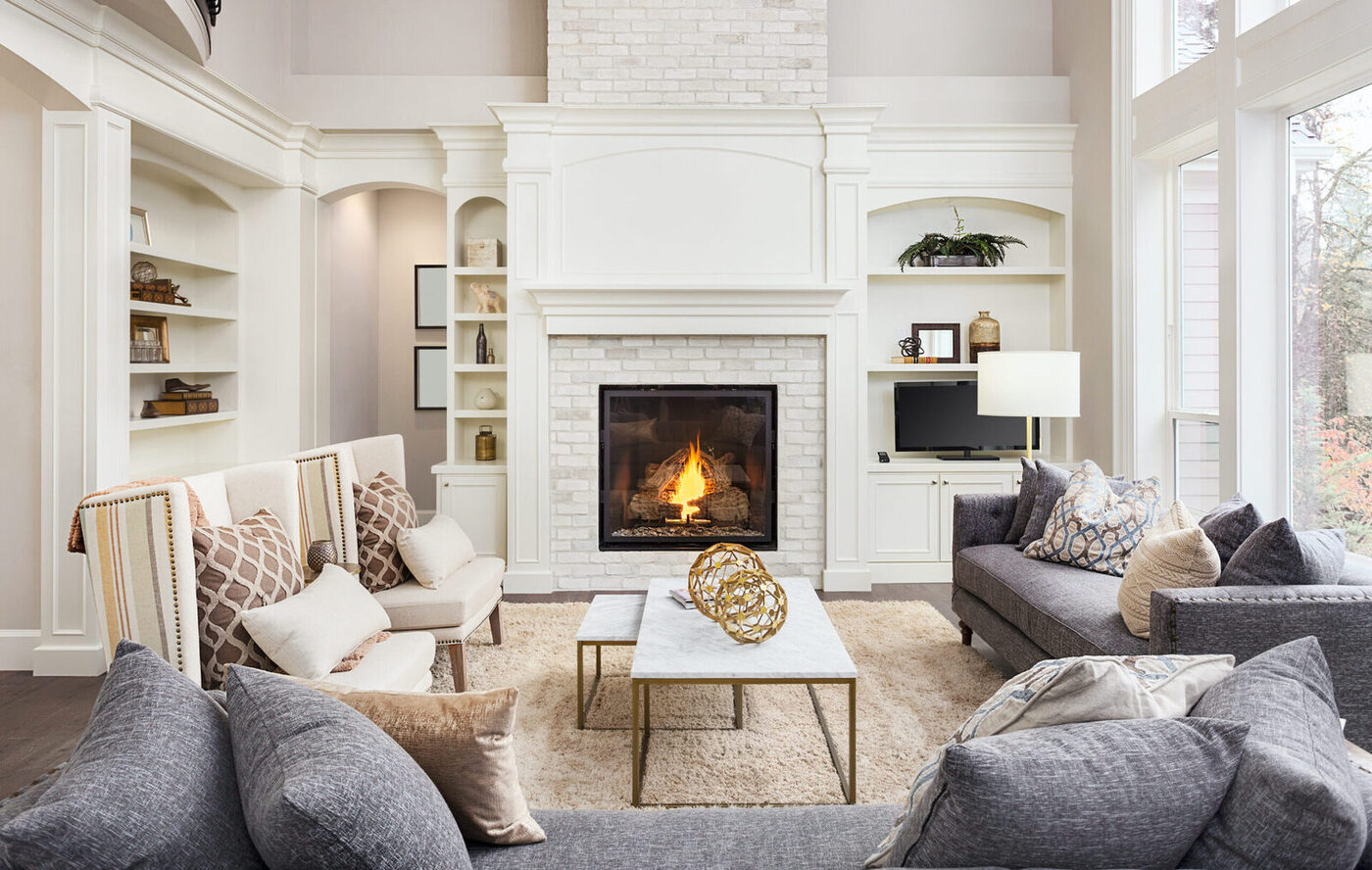
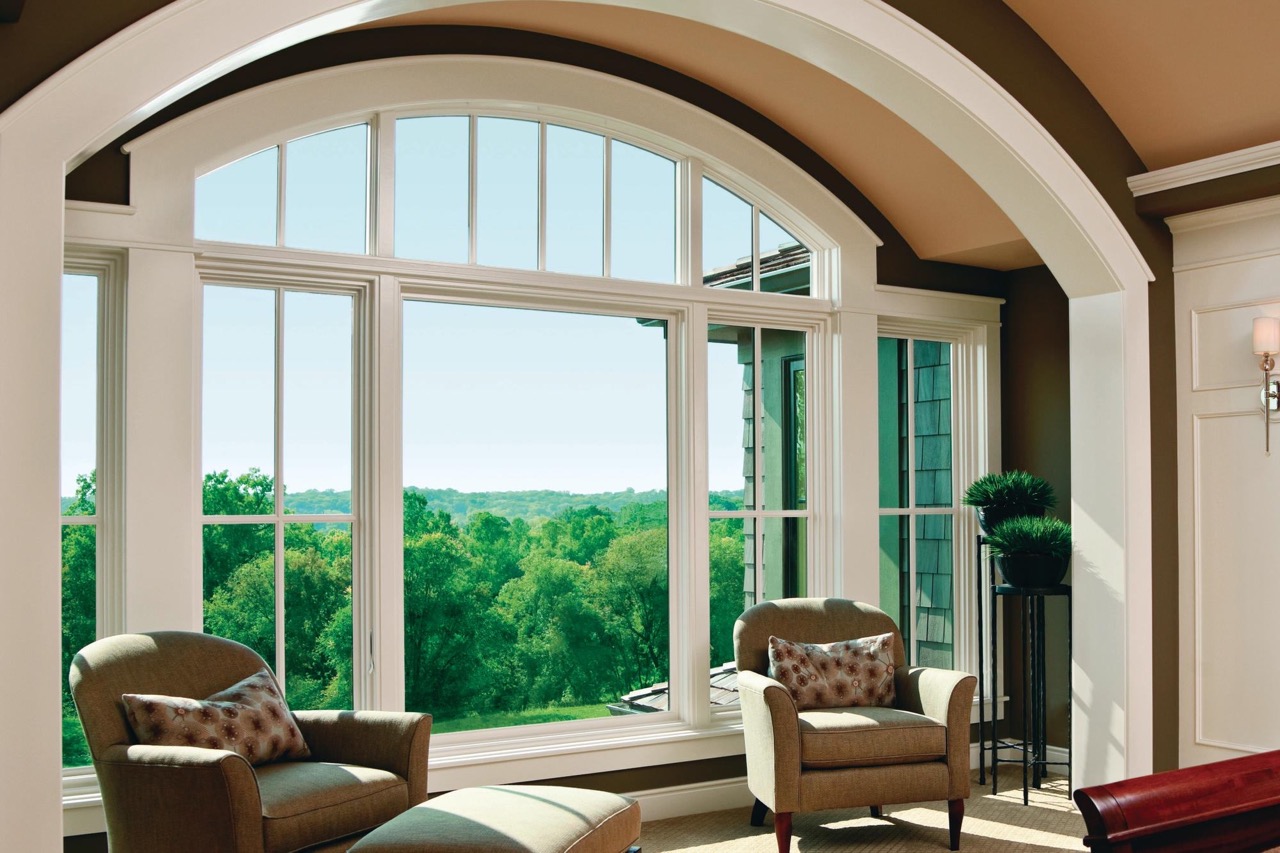

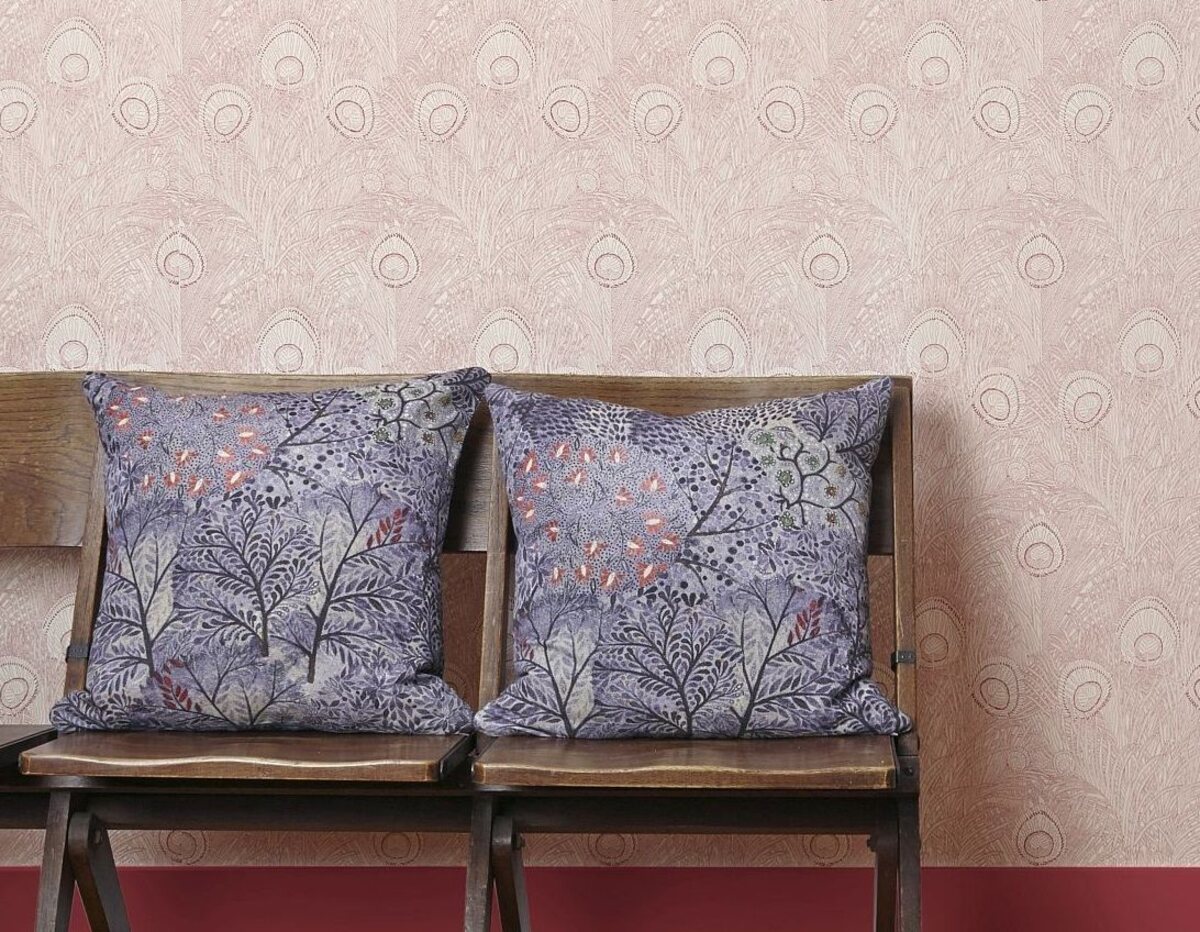
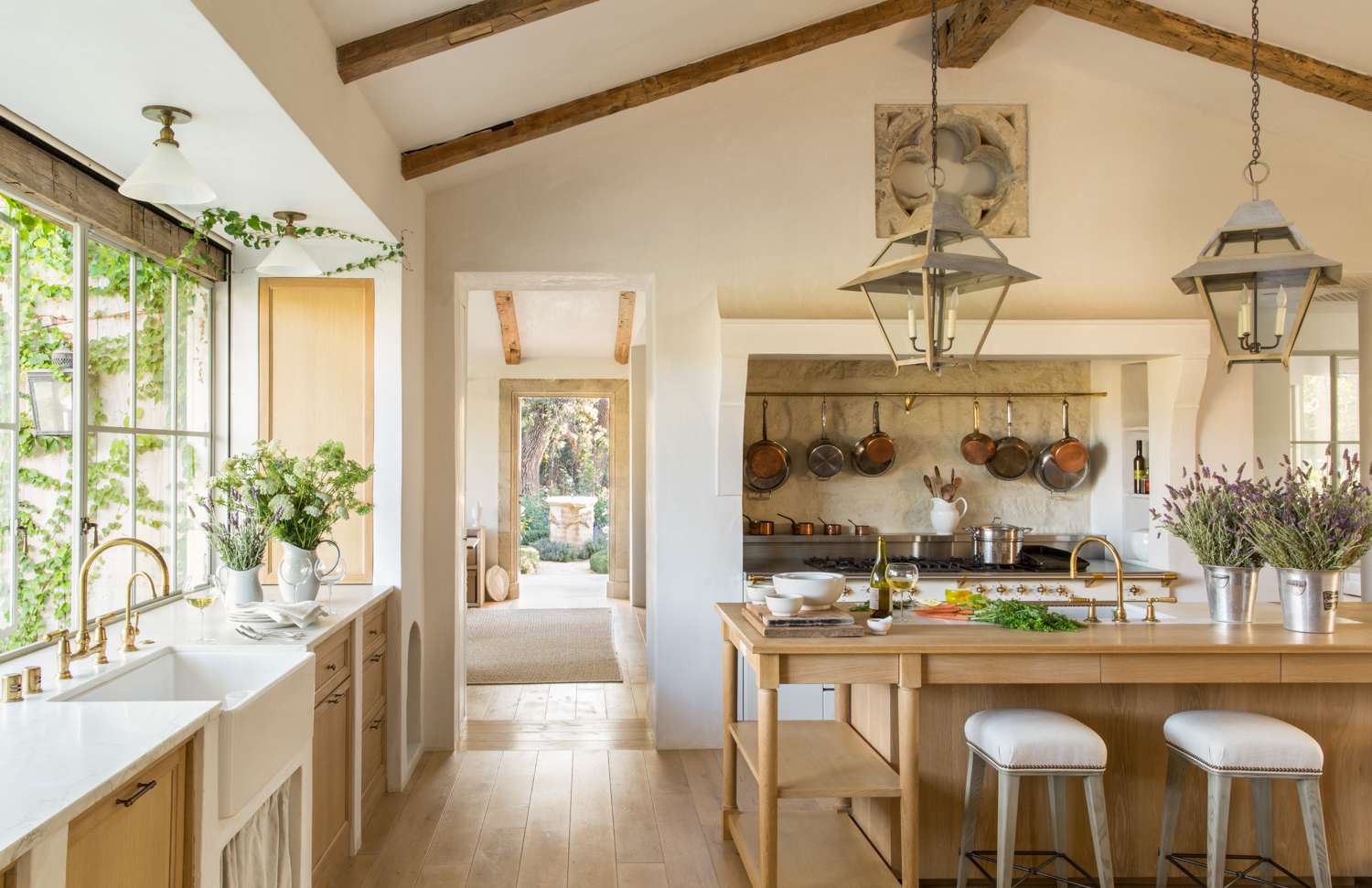
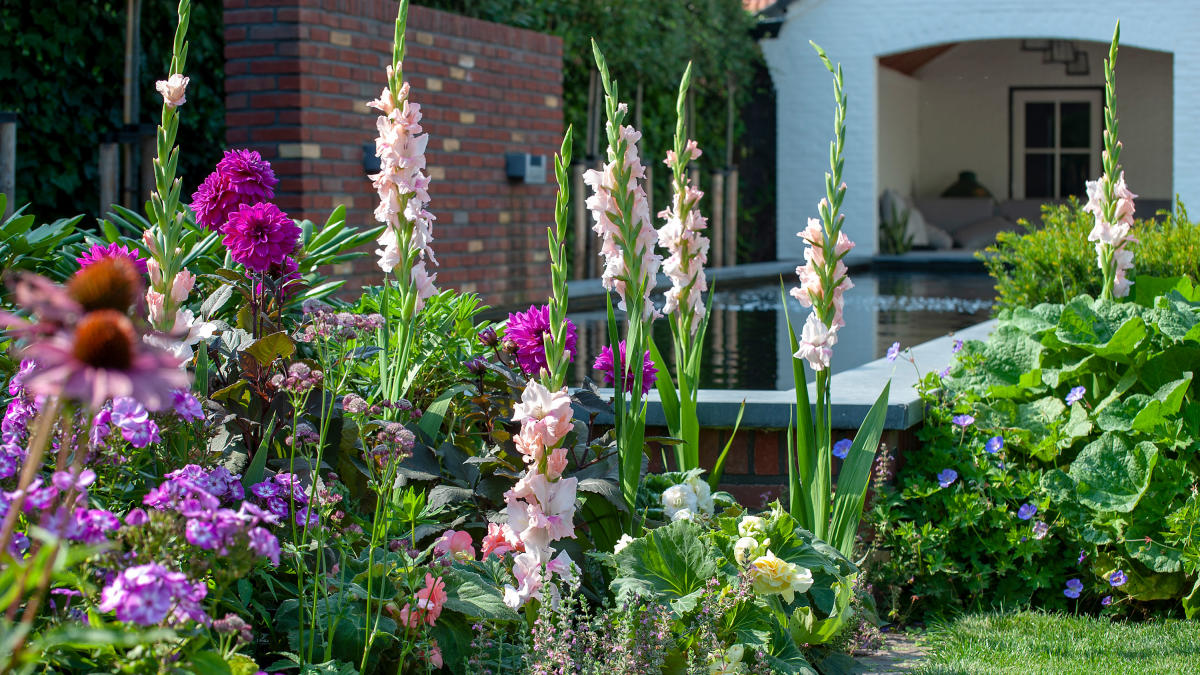
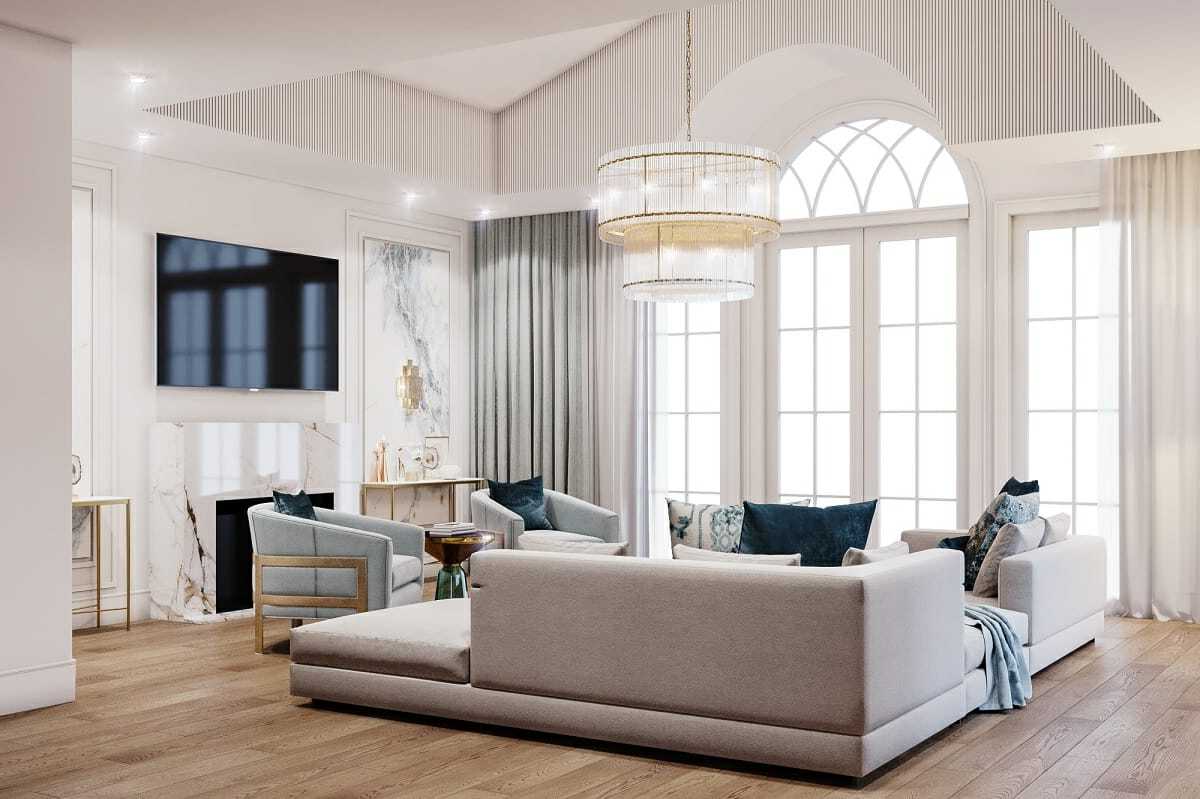
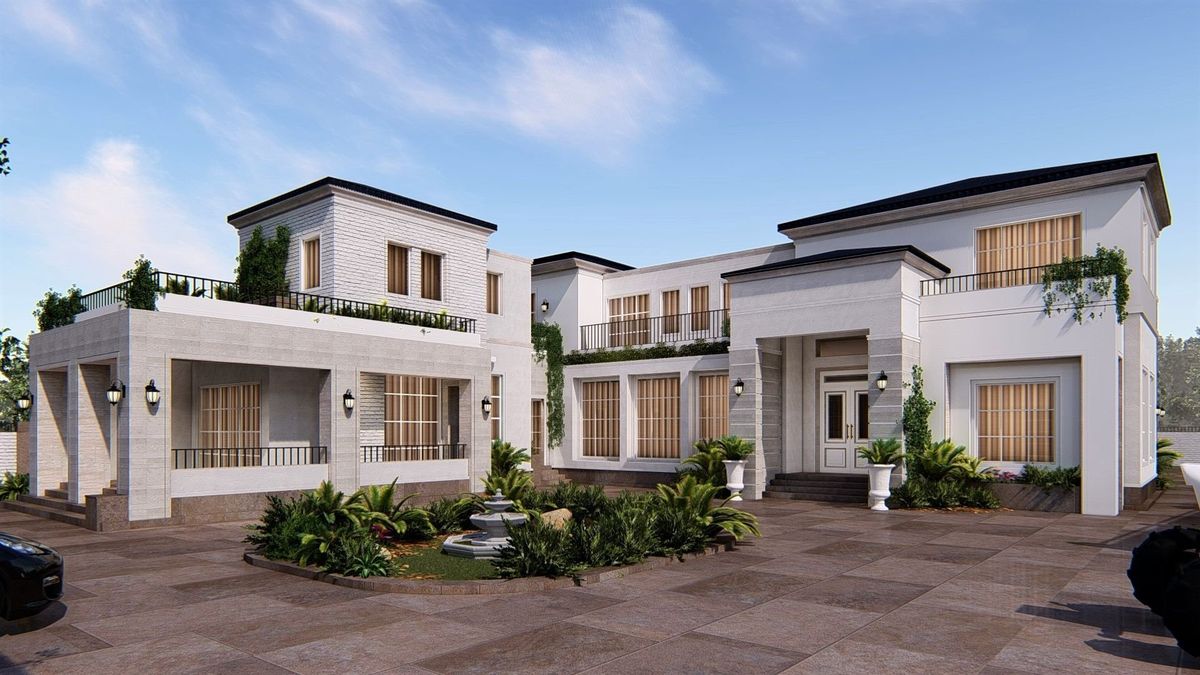
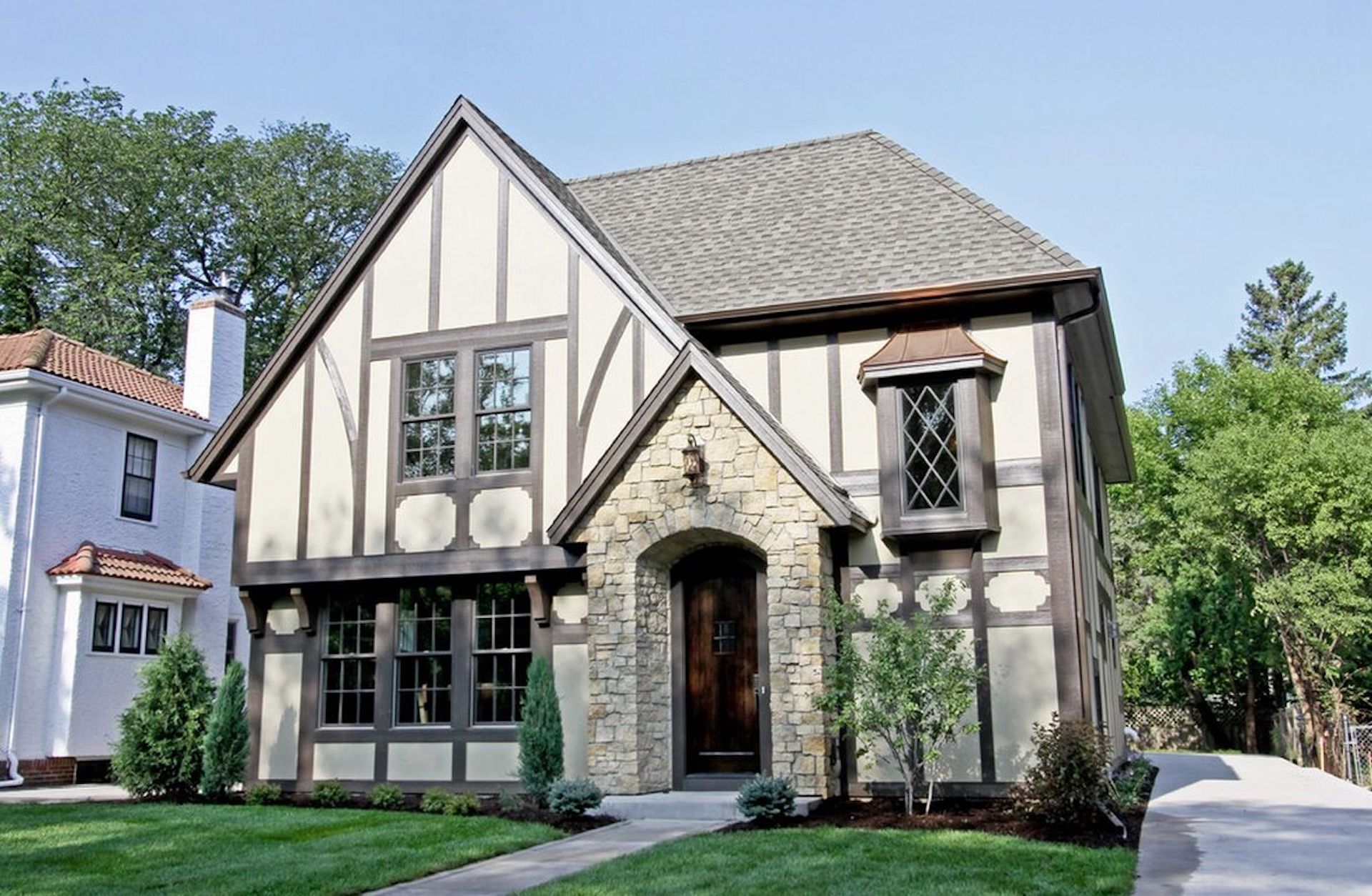
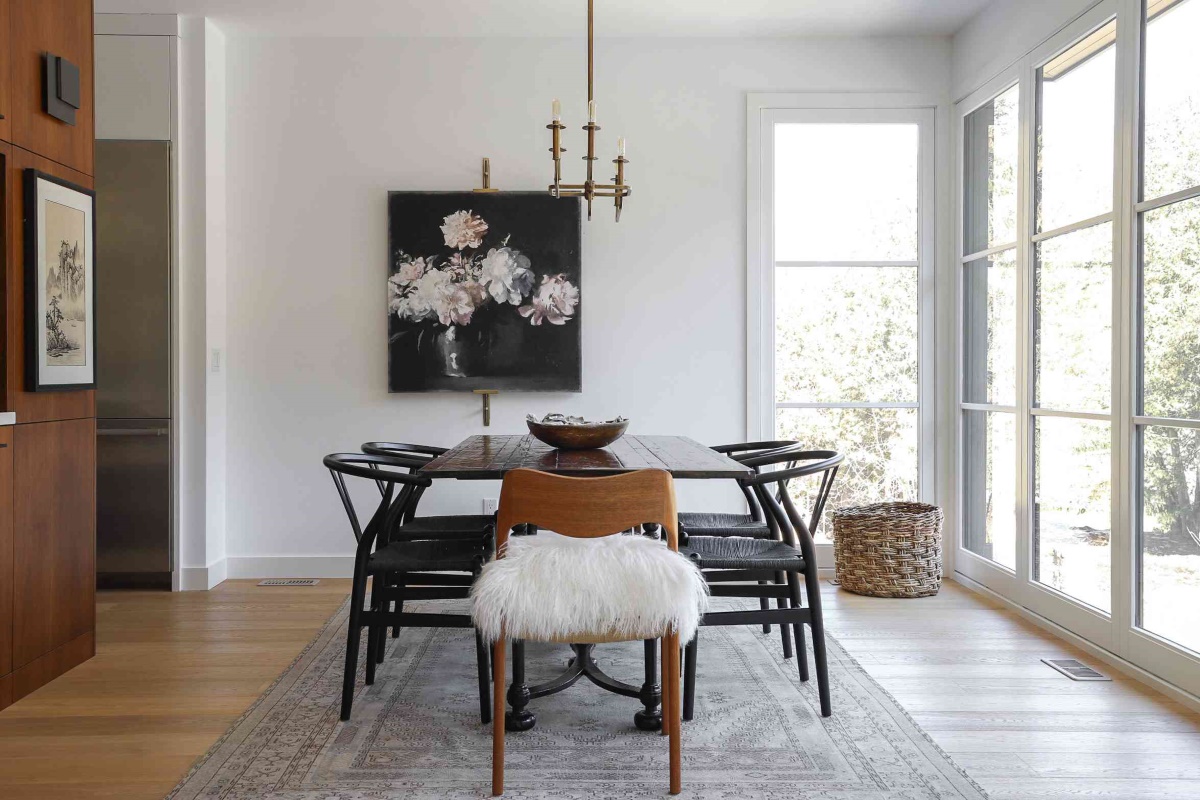

0 thoughts on “Traditional Kitchen Ideas: 20 Classic, Characterful Looks”